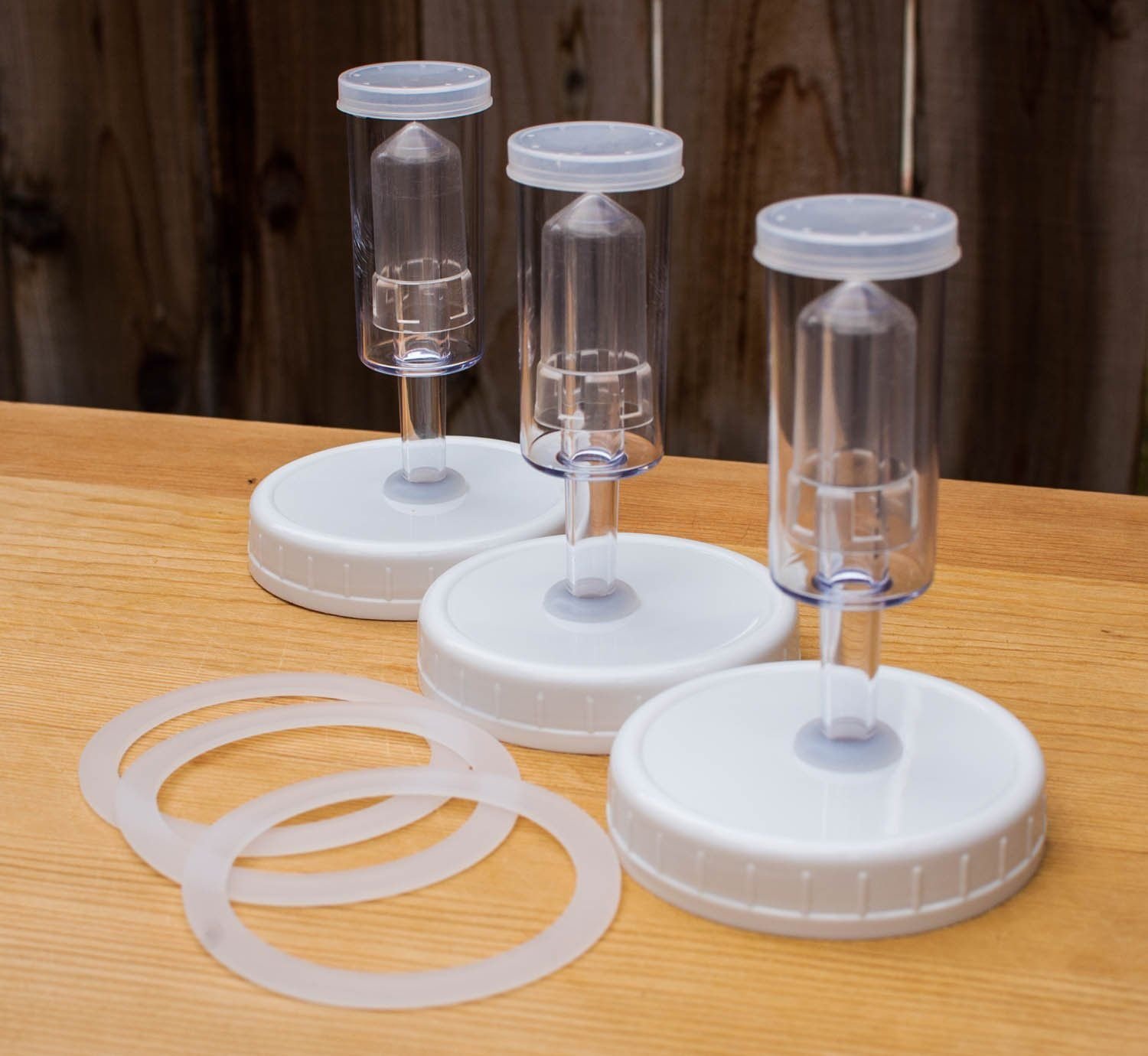I’ve recently come into possession of a large number of Mason jars. Being a fan of sauerkraut and knowing of Lemmy’s significant German/Czech populatuon, I’d like to ask how you make the best sauerkraut. What do you add beyond salt and cabbage? How do you store it?
I suppose this may also apply to kimchi and other pickled foods, too!
It depends what you like, tailor it to spices you enjoy. I like some carroway and juniper berries in a german style one.
I also really like ginger, garlic, and chillies for something a little kimchi inspired, (kimchi technique is rather different, but I just adapt the flavors to kraut).
The Germans I know don’t make sauerkraut, they buy it (usually; my grandma probably knows how to make it, even if she doesn’t always do it). Ain’t nobody got time fo dat!
in germany it might be possible to buy the good stuff. I’m planning on making my own because what I can but is related to what I had in germany only if you are 20 feet away.
Ah, but I have a surplus of time and a fiendish addiction to internet that I’m trying to wean myself off of. And I’m sure GamGam is gonna take her secret recipes to the grave unless you intervene with her on my behalf.
A mandoline slicer makes the chopping much faster if you have one.
I like caraway seeds in mine.
I ferment on the top of my cabinets in a mason jar, then move to the fridge when it starts tasting right.
Not German (except by ancestry), but my advice is that you might want weights or airlock lids for the jars.


(Not sure what the pros/cons are of the two different styles of keeping the cabbage submerged.)
Otherwise, a Ziploc bag full of water can do the same task in a cheaper/jankier way.
Once it’s finished becoming sauerkraut, you store it by putting a regular airtight lid on it and putting it in the fridge. I suppose it could also be canned to make it shelf-stable long-term, but you’re going to want to look up reputable advice for that.
As far as what to add beyond salt and cabbage, since you have a bunch of jars I suggest experimenting with a bunch of different things.
You want both weights and airlock lids as they serve different purposes. Weights keep everything submerged below the brine, and airlocks allow produced CO2 to escape without allowing oxygen in. Lacto fermentation is an anaerobic process and oxygen is the enemy.
What do you add beyond salt and cabbage?
Bay leaves and juniper berries (hope that’s the correct translation).
How do you store it?
In the large wooden cask where it was made.
Our family recipe, but I don’t remember the exact values especially for the caraway seed, so take it with a pinch of salt ;)
10 kg cabbage, sliced
200 g salt
1 kg carrots, cut into small slices (max 3 mm thick)
1 kg leek, cut into small slices (around 5 mm thick)
20 g caraway seeds
Correct sized stone for your jar, cleaned and cooked in boiling water for sterilization
-
Cut everything but keep 2 of the outer cabbage leafs per jar, select good looking leafs and just clean them
-
Mix everything in a big tube/vessel really well, so the salt starts extracting the liquid from the cabbage
-
Put the mixture into the jars and use your first to make it compact
-
Important part 1: there needs to be at least 1 cm of salty liquid above the kraut at the end, if there isn’t just add 10 g salt to 100 ml water and add enough of that solution as necessary
-
put the two leafs on top of the kraut to push it down and keep all the small bits from flowing around in the salt solution
-
place the stones (in middle Europe you can buy special ceramics like this for this purpose, but a simple stone of the right size or 2 is enough) on top of the leafs to push them down
-
close the jar and fill the groove with water
-
important point 2: the grooves has to be filled with water all the time to stop mold from forming
-
now place the jar for 2 weeks in a normal heated room. Check the water level in the groove. You will hear air bubbles flowing through the water trap, which tells you that the fermentation is proceeding nicely.
-
when no air bubbles are forming for a day, fermentation is over and you can eat it and place it in a cold room for better storage.
-
again: keep checking the water level in the groove
-
when you take out sauerkraut, always check that the walls above the water level are mostly clean and not to many loose parts are swimming through the salt water. Those are the regions where mold will start forming.
-
also refill the water level inside with the salt solution if too much evaporate.
-
always clear the solution with the leafs and put the stones on top and you will enjoy it for a long time (5 months are possible)
-
you can also freeze fermented sauerkraut to thaw it when needed and stop it from molding
so take it with a pinch of salt
…or 200 grams
-
My Polish father in law makes it with bacon and it is by far the best fermented food I’ve ever enjoyed. I’ll see if I can get the recipe.
My family is polish, I’ll second the bacon. Also dried mushrooms, I want to say my babci used porcini
Best recipe I had contained fresh sprigs of dill. Could also experiment with small crunchy veggies (carrots, cauliflower, etc).



